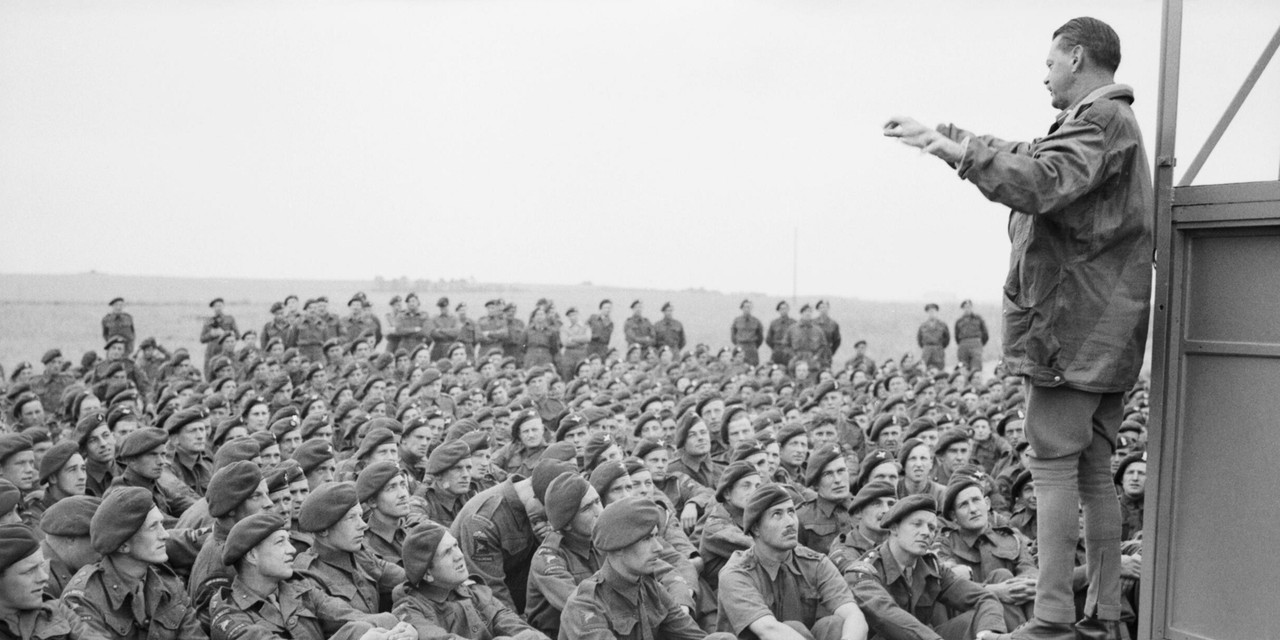In May 1944, the United Kingdom was a hub of military activity, marked by the numerous barrage balloons over ports and dockyards. These preparations were in anticipation of D-Day on June 6, 1944, when the Western Allies launched Operation Neptune and Overlord, leading to the successful landings in Normandy. As we commemorate the 80th anniversary of this significant event, it’s important to understand the the extensive logistical efforts that made it possible.
Transporting over 150,000 men by sea and 20,000 by air in a single day required months of meticulous planning by the Supreme Headquarters of the Allied Expeditionary Force (SHAEF), led by General Dwight Eisenhower. The command centre was located in Southwick, near Portsmouth, within Marshalling Area A. Southwick House, home to the naval base HMS Dryad, was where Eisenhower issued the order to proceed, known as 'we go.'
Detailed Planning and Coordination
Planners accounted for every detail, including road networks, traffic points, bakeries, fuel depots, and vehicle recovery. Marshalling camps, often hidden in wooded areas to avoid enemy aerial observation, varied in size and capacity, accommodating between 400 and 4,000 troops. For example, Southampton Common hosted a large marshalling camp for Commandos. Each marshalling area, designated by a coded letter, contained numerous sub-areas, all interconnected by road networks leading to embarkation points.
Embarkation points were aligned with the beaches designated for D-Day landings. Efficient and organized troop movements ensured smooth transitions from camps to embarkation points and onward to the beaches. Strict loading schedules ensured that vessels moved clear of embarkation areas once loaded, making way for the next wave.
Strategic Embarkation Areas
Different divisions embarked from specific areas to streamline the invasion and avoid crossing paths at sea. The US 4th Infantry Division embarked from Cornwall and Devon for Utah Beach, while the US 1st and 29th Infantry Divisions, along with US Rangers, left from Dorset for Omaha Beach. The British 50th Infantry Division, Canadian 3rd Infantry Division, and elements of the British 3rd Infantry Division embarked from Hampshire for Gold, Juno, and Sword beaches. The main contingent of the British 3rd Infantry Division departed from Sussex for Sword Beach.
Airborne Troops and Air Support
Airborne troops, set to drop into Normandy or land by glider, were stationed near airfields and moved to their respective airfields on June 5 for equipment checks and loading. Approximately 12,000 aircraft, including fighters and bombers, filled the skies on June 6, following planned flight paths to avoid mid-air collisions and ensure successful missions.
Rigorous Preparations and Rehearsals
In April and May, American, Canadian, and British forces conducted full dress rehearsals, testing the embarkation process and simulating battles from beach landings to inland fighting. These exercises, though costly in terms of casualties, were crucial. Notably, Exercise Tiger saw the loss of 749 men from the US 4th Infantry Division when German forces attacked, a higher toll than on Utah Beach itself on D-Day.
As we honour the 80th anniversary of D-Day, reflecting on these preparations highlights the coordination, dedication, and sacrifice that made this pivotal moment in World War II possible.
